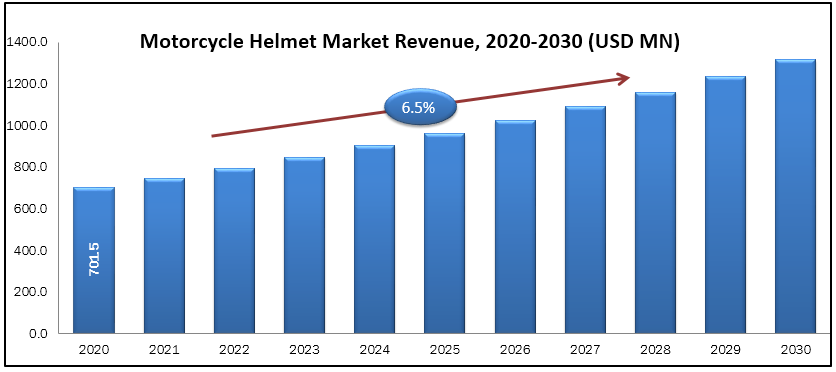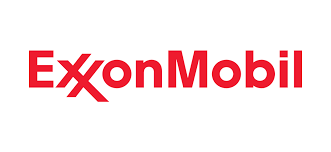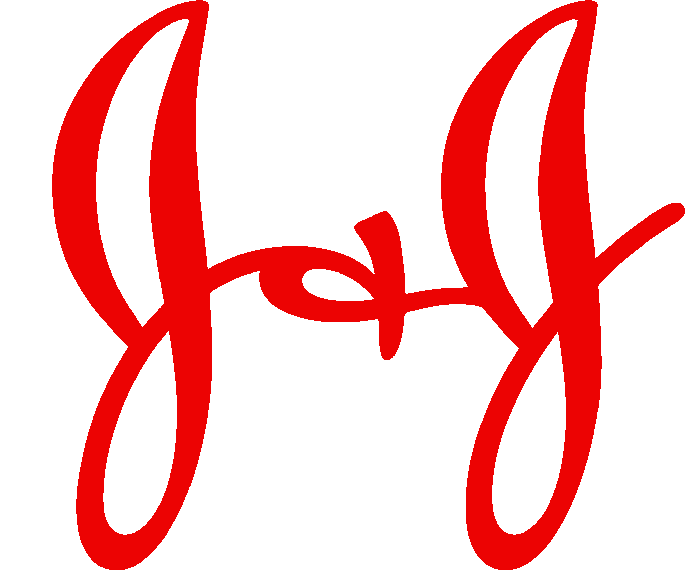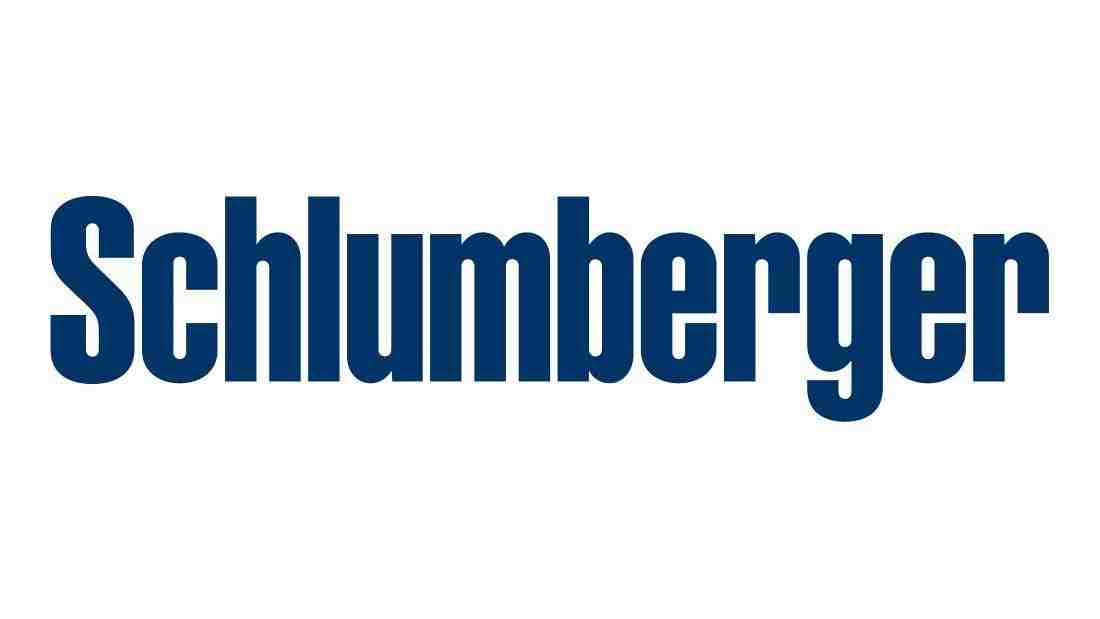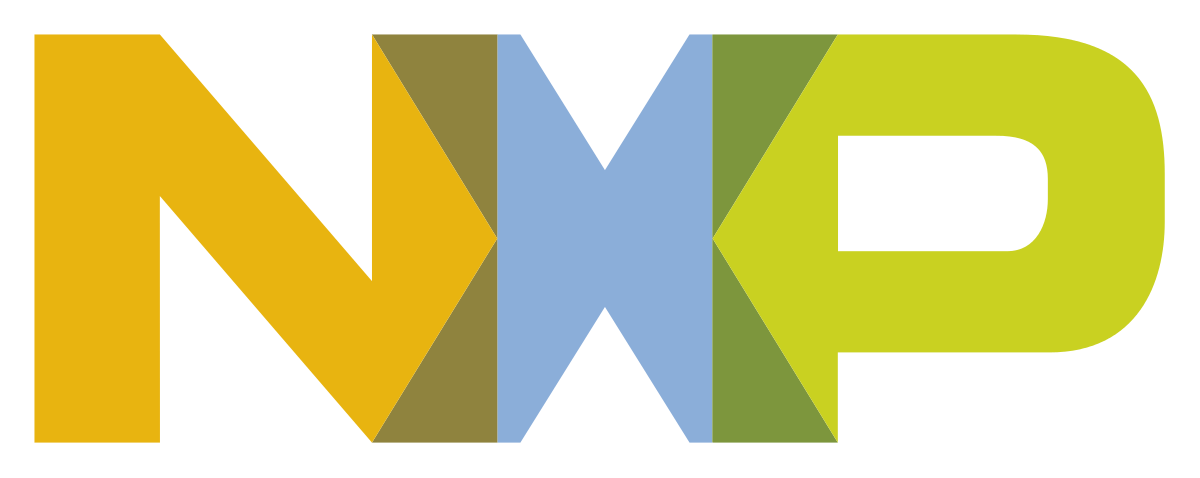Motorcycle Helmet Market size was valued at USD 701.4 billion in 2020 and expected to reach around USD 1316.7 billion by 2030 with the CAGR of 6.50% during the forecast period. A helmet is designed to protect a rider’s head from the collision of a crash. Wearing a helmet while riding greatly reduces the severity of injury to the head as well as the probability of death. Additionally, helmet can do more than just head like reducing wind noise, preventing reduced visibility and a distraction due to rain and dust-storms and protect face from bugs, twigs and other airborne objects while you are riding which can obstruct your view of the road. Manufacturers are now introducing hands-free options like Bluetooth in helmets that can help the fellow riders to save the hassle of reaching out to their mobiles for picking up calls or navigation. Moreover, regulatory authorities across the world are enforcing traffic safety regulations regarding the usage of helmets, leading to rise in the use of motorcycle helmets to prevent severe injuries. This will highly impact the market during the forecast period. Furthermore, in many developing countries, motorcycles are the main form of motorized transport and helmet is the best safety measure proven to save lives.
Market Dynamics and Factors:
Increased sale of premium motorcycles, especially in the Asia-Pacific region, and the end users’ awareness towards enhanced safety and comfort offered by helmets are some of the factors driving the motorcycle helmet market growth. Moreover, rigorous implementation of traffic safety regulations regarding the usage of helmets in various regions is likely to drive the motorcycle helmet market growth. For instance in India, it is compulsory for two-wheeler riders to wear safety helmets under Section 129 of the Motor Vehicles Act, 1988. Furthermore, increasing number of motorbike and sports bike enthusiasts with rising concerns regarding road-safety across the globe is expected to drive the adoption of helmets. Manufacturers are integrating advanced communication tools in helmets, which in turn is likely to open new business avenues over the forecast period. However, lack of awareness about road safety in emerging economies is hampering the motorcycle helmet market growth. Globally, the number of road traffic deaths is increasing but the road traffic awareness among drivers is still lacking in the developing regions.
Market Segmentation:
Based on the product type, the global motorcycle helmet market is segmented into full face, open face, half face, modular and motocross. On the basis of material, the market is bifurcated into carbon fiber and polycarbonate. According to size, the market is segmented into small, medium and large. On the basis of application, the market is segmented into on-road and off-road. Based on distribution channel, the market is bifurcated into online and offline. By offline, motorcycle helmet market is subdivided into dealers/retailers and two wheeler manufacturers. Geographic breakdown of the market includes regions comprising North America, Europe, Asia-Pacific, and RoW.
Geographic Analysis:
Asia Pacific and Europe dominate the motorcycle helmet market. Asia Pacific held the largest market share of more than 45% in 2018 and is expected to continue its dominance in the upcoming years. In Asia Pacific, India has emerged as the largest two wheeler market across the globe. In India, as per Society of Indian Automobile Manufacturers (SIAM), the domestic sale of two wheelers was increased from 1.3 million in 2012-13 to 2 million in 2017-18 at a CAGR of 7.9%. Hence, rise in motorcycle sales is expected to boost the growth of the motorcycle helmet market over the forecast period. Increased popularity of motorbike racing events in European countries will reach the decisive point in the demand for the product. This will drive the growth of motorcycle helmet market in the Europe. North America and Latin America are expected to make significant contributions to the overall market size in the upcoming years.
Competitive Scenario:
Some of the key players of global motorcycle helmet industry are
Motorcycle Helmet Market Report Scope
| Report Attribute | Details |
| Analysis Period | 2020–2030 |
| Base Year | 2021 |
| Forecast Period | 2022–2030 |
| Market Size Estimation | Billion (USD) |
| Growth Rate (CAGR%) | 6.5 % |
|
| By Product Type (Full Face, Open Face, Half Face, Modular, and Motocross), By Material Type (Carbon Fiber and Polycarbonate), By Size (Small, Medium, and Large), By Application (On-Road and Off-Road), By Distribution Channel (Offline (Dealers/Retailers and Two Wheeler Manufacturers) and Online) |
| Geographical Segmentation | North America (U.S., Canada, Mexico) Europe (UK, Germany, Italy, France, Rest of Europe), Asia-Pacific (China, Japan, India, Australia, Rest of APAC), South America (Brazil, Argentina, Rest of SA), MEA (UAE, Saudi Arabia, South Africa) |
| Key Companies Profiled | Nolan Helmets S.p.A. , Arai Helmet Limited , Shoei Co., Ltd., Bell Sports, Inc., HJC Corp., Shark, Studds Accessories Ltd, Schuberth GmbH , AGV S.p.A., NZI Helmets, PPG Industries, Inc., Akzo Nobel N.V., Henkel AG & Co. KGaA, MankiewiczGebr. & Co., Hentzen Coatings, Inc., IHI Ionbond AG, BASF SE, The Sherwin-Williams Company, and Zircotec Ltd. |
